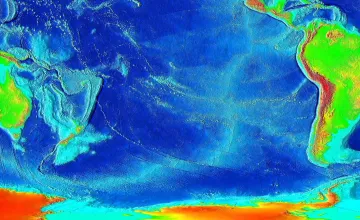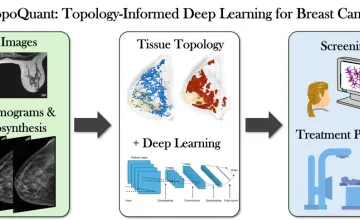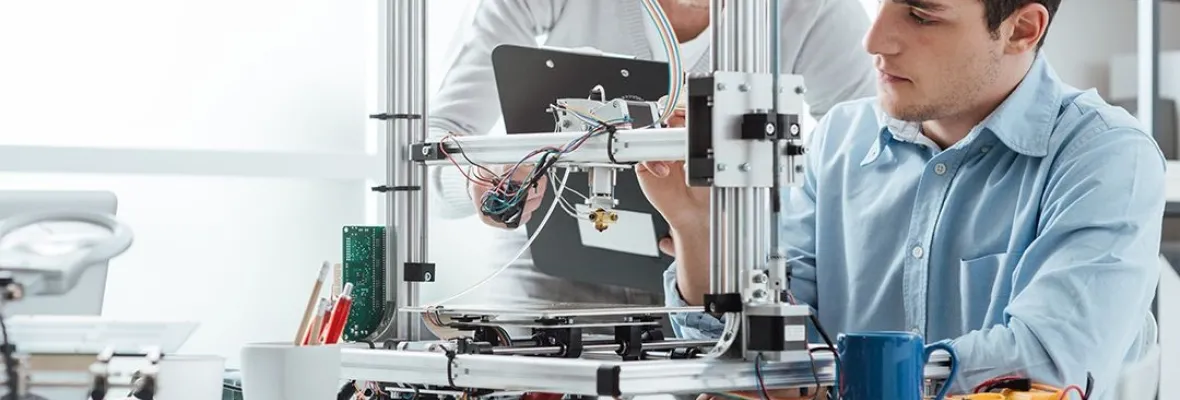AAU universities conduct a majority of the federally funded university research that contributes to our economic competitiveness, health and well-being, and national security. AAU universities are growing our economy through invention and innovation while preparing the next generation of scientists and engineers for global leadership. By moving research into the marketplace AAU universities are helping to create jobs, and provide society with new medicines and technologies.

UMD geologists uncovered evidence of a section of seafloor that sank into the Earth's mantle when dinosaurs roamed the Earth; it's located off the west coast of South America in a zone known as the East Pacific Rise.

Novel research supported by NCI could lead to more specific predictive disease models

A new University of Kansas study reveals parents seeking health care information for their children trust AI more than health care professionals when the author is unknown, and parents rate AI generated text as credible, moral and trustworthy.

Hypertension and amyloid plaques can separately cause dementia. Having both increases a person’s odds of developing cognitive decline, a new study finds
Explore More: University Research
You can filter stories by the university.
UC San Diego’s Qualcomm Institute (QI) is drawing on its unique range of expertise and technology to help in the rapid prototyping and development of medical supplies desperately needed in the fight against the COVID-19 pandemic.
Researchers combine power of wearable device and big data analytics to track spread and early signs of infection—including among healthcare workers
Rutgers University announced today that it has launched the nation’s largest prospective study of health care workers exposed to COVID-19
Scientists at the University of Rochester are rapidly adapting previous research to develop tests to detect the fast-spreading disease.
Nanoengineers at the University of California San Diego are working on a COVID-19 vaccine using an unconventional candidate: a plant virus.
